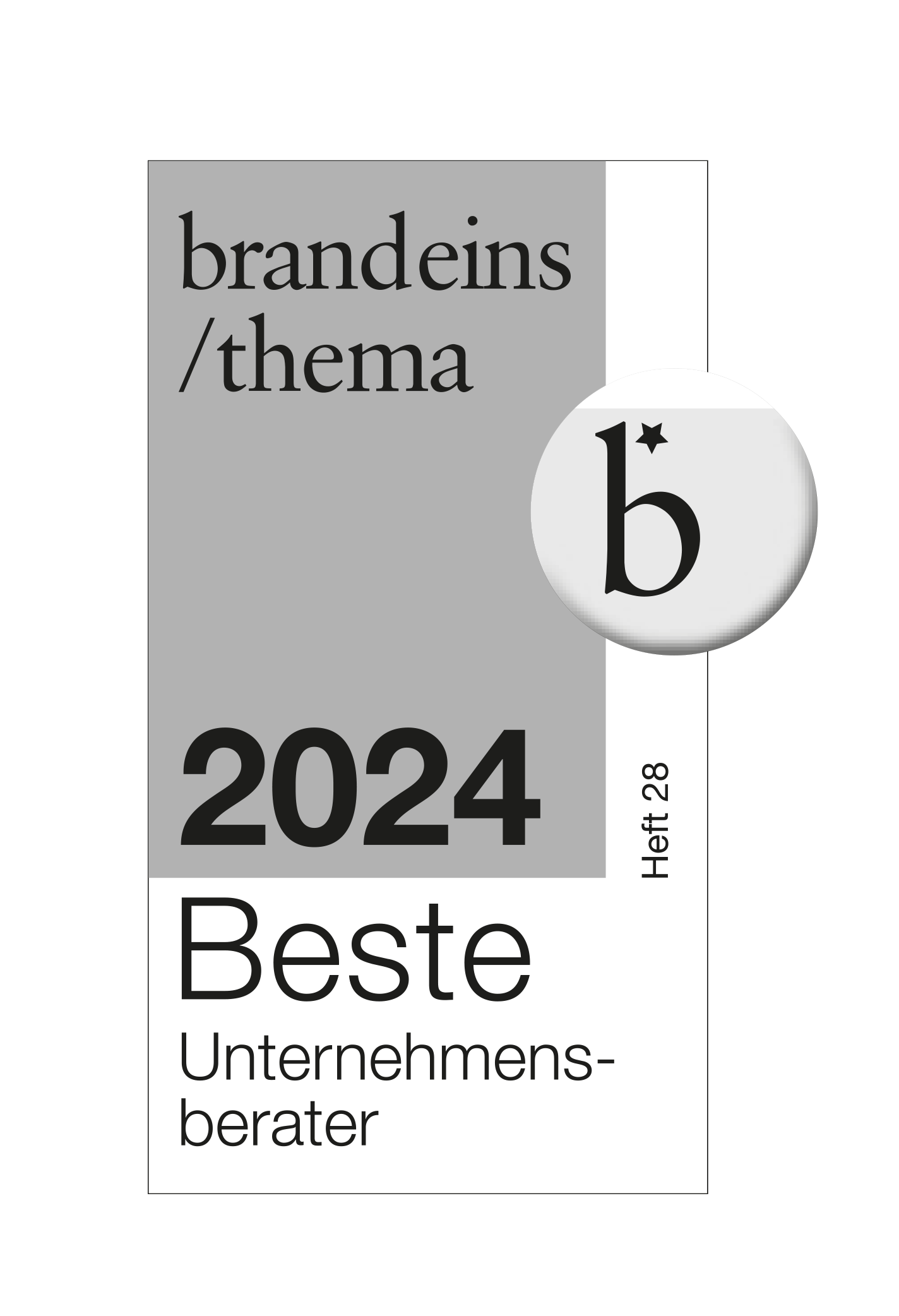27/07/2016
Companies that manage to visualize their requirements early on will be able to reduce the risk and cost of their overall development, as well as accelerate realization. msg provides four tips on what you need to know when doing so.
Digitalization requires fast processes and increasingly shorter development cycles. Yet, defining specifications and determining requirements can be extremely time-consuming. Graphic prototypes, or so-called “mock-ups”, are easy to understand and leave little room for misinterpretation. The customer gets an early idea of how the system would work - and experiences their requirements first hand. A mock-up not only creates an understanding of the expectations and promotes acceptance of the end result, but also encourages critical thought, thereby creating the basis for innovation. Better yet, mock-ups can be created quickly and at a low cost, the perfect combination of minimal effort and big benefit.
Mock-ups are a powerful tool in creating user-friendly software and a beneficial addition to traditional requirement engineering activities. They show customers and service providers where the road will take them. Not only are mock-ups a good way to get feedback, they also serve as a good basis for finding new requirements, whether basic requirements or fun factors. However, that can become difficult when using automatic processes, complex calculations and with the architecture. The following four tips show you what really matters.
#1 Involve Key Stakeholders
The framework for the development, the system’s target group and the quality requirements should all be clarified before you get started. The customer’s expectations and the approach you intend to take must be clarified at the start and any scenarios requiring visualization defined - you cannot create a mock-up without that information.
#2 Focus on What Is Important
Limits will need to be set for your mock-up before you get started. The idea behind a mock-up is not to present every single detail. A business object model helps you stick to your key focus: Only working on one aspect at a time. Similarly, only high-risk and crucial scenarios should be simulated. This allows you to achieve the best cost/benefit effect.
#3 Visualize Ideas, but Keep it Simple
There is a reason they say ideas come to life on paper. With that in mind, dry erase boards and scratch paper are the best tools for visualizing different concepts, which is the first step in creating your mock-up. Your second step usually involves the addition of graphics and simulations created using special software. However, a “low fidelity” approach is recommended when doing so, meaning minor things like button color are irrelevant.
# Get Fast, Acceptable Results
On average, it takes three cycles of simulation and feedback before customer and service provider reach a consensus. Your planning should include additional cycles when creating more advanced mock-ups, which might be helpful in obtaining feedback from end users as well. However, further development of the mock-up does tend to go pretty quickly. Often times, revised versions can be discussed as soon as the next day and revisions even implemented directly as part of a joint effort. At any rate, the finished simulation is a good protocol of the results and can serve as or compliment a specification document - meaning the work is worth it.
“Mock-ups give a quick picture of a system functionality and allow us to easily adapt it,” explains Cornelia Seraphin, a change management expert at msg. “That makes it easier to clarify requirements and expectations, which reduces the risk of misunderstandings considerably and thus the additional development costs such misunderstandings usually create. Furthermore, specifications defined based on mock-ups are more precise from a business perspective and tend to keep effort estimates on budget better than other approaches. A fact proven by Dr. Stephan Frohnhoff, a member of our Board of Directors, in a field study.”

